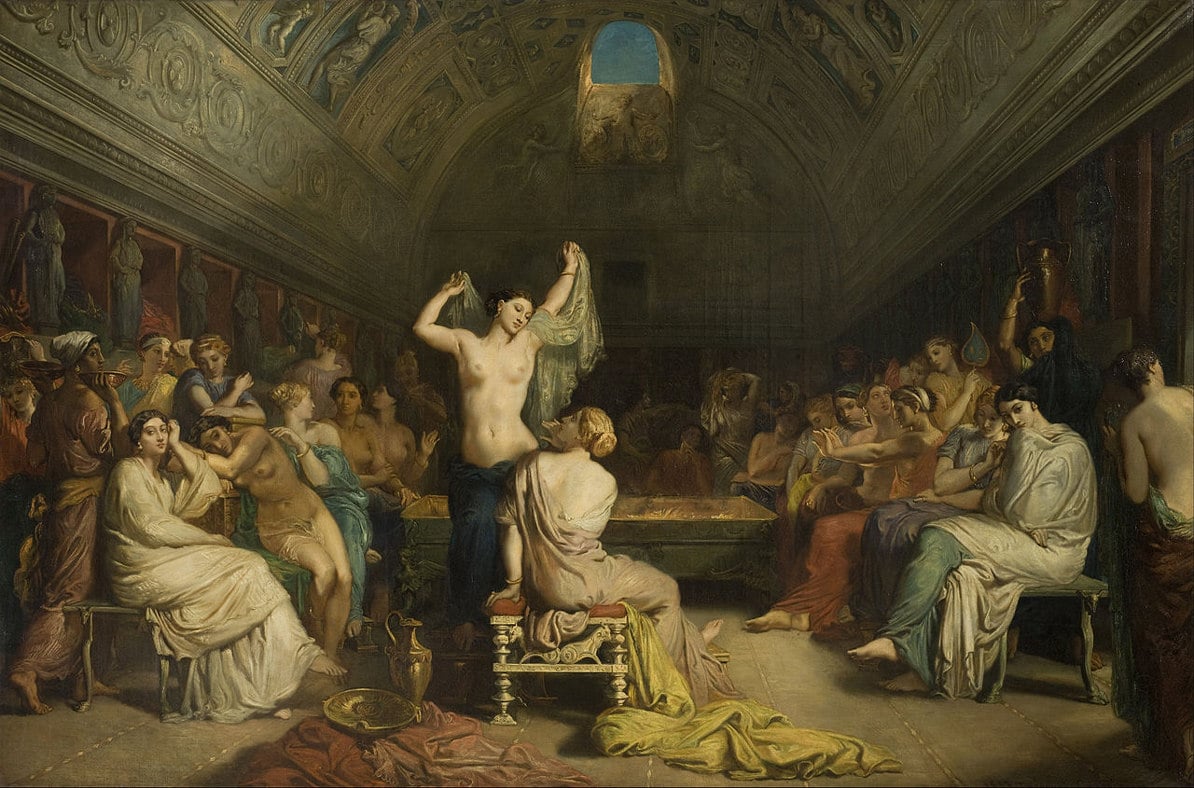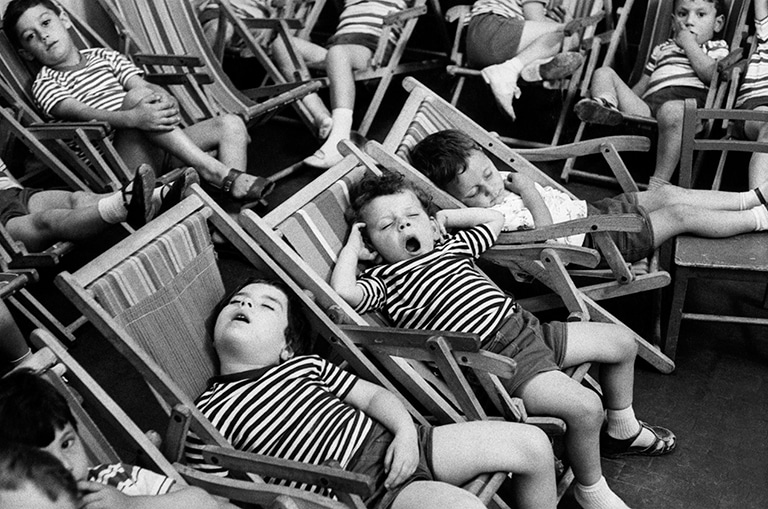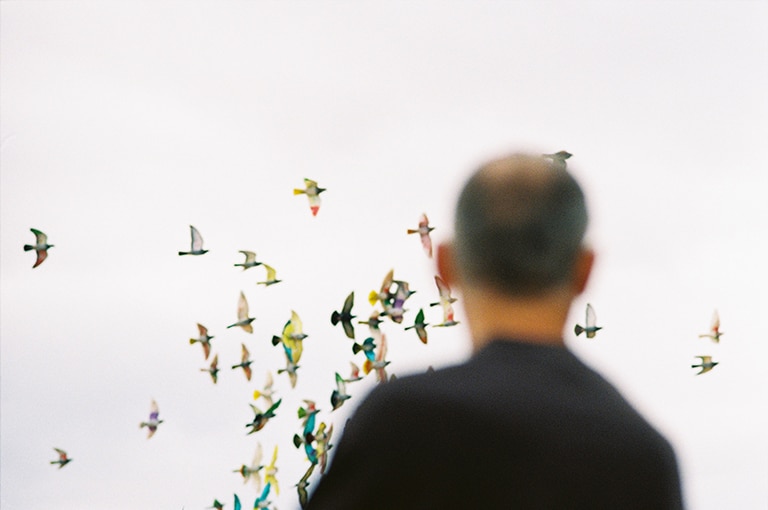See Italy and Die: Italian photography and painting in the nineteenth century
OCT.07.2009 ──────── DEC.20.2009

Thédore Chassériau
The Tepidarium “the room where the women of Pompeii came to rest and dry themselves after bathing”, 1853
Paris, Musée d’Orsay, held by the Louvre
© Musée d’Orsay dist. RMN/Patrice Schmidt
Exhibition
OCT.07.2009 ── DEC.20.2009
Location
Recoletos Exhibition Hall
Paseo Recoletos 23, 28004 Madrid
The Exhibition
The exhibition See Italy and Die: Italian photography and painting in the nineteenth century proposed a journey through nineteenth century Italy on which to view the historical and sociological transformations experienced by the country over the century. Italy was the place that every aristocrat and artist aspired to visit to experience the transformation that its beauty and evocative nature exerted on them, changing their perception of the world. From Venice to Sicily, writers, intellectuals and aristocrats embarked on a journey of discovery that would change their lives.
Everyone who visited Italy wanted to tell their story. The medium was irrelevant. Artists who, up to that time, had been governed by their pictorial or sculptural backgrounds, found in photography another means of expressing their vision of the country.
The invention of photography in 1839 introduced a new way of perceiving the country and a variance between the bucolic and dreamy approach of painting and the austere and documentary nature of photography, which allowed a level of objectivity that had been unknown up to that time.
With the title of See Italy and Die, stemming directly from Goethe’s phrase Vedi Napoli et poi mori >(See Naples and Die), the exhibition provided a chronological journey from the emergence of the daguerreotype through to the consolidation of the n>Risorgimento, in which the atmosphere of an epoch was recreated to bring it up-to-date and recover its relevance.
The exhibition featured pieces loaned by more than 40 public and private collections, including the Tate, the Hermitage Museum in St Petersburg, the Folkwang Museum in Essen, the Stadtmuseum in Munich, the Louvre and the Musée d’Orsay.




